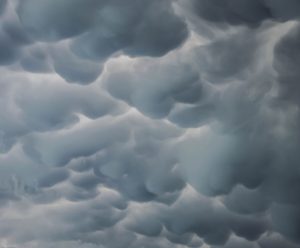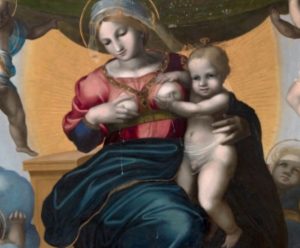10 Fun Breastfeeding Factoids
Do you know some breastfeeding factoids? While I am trying to put some knowledgeable information on this blog for you, I also want it to be fun. Being a mom is a tough job; we need a break occasionally.
That’s why I came up with the idea of writing this post. Post about some funny, engaging (or both) factoids about breastfeeding.
Breastfeeding data
The percentage of moms who successfully breastfeed their children is about 75%. Most mothers stop breastfeeding at around 11 months. The average woman breastfeeds for about nine months, but some do it for much longer than that, and others do it for less time—it depends on the individual!
Five disadvantages of breastfeeding
- It can be painful,
- It’s inconvenient (especially when you need to travel),
- It can cause sore nipples and cracked/bleeding nipples,
- There’s a risk of infection (particularly with formula),
- Some women find that they’re not producing enough milk.
Breast milk can cause stomach cramps, diarrhea, diarrhea, gas, and bloating because your body may not yet be used to digest your milk!
Breastfeeding factoids – Mammatus cloud formation
There is a cloud formation called Mammatus, which looks like breasts hanging down from the sky. Mammatus comes from the Latin “mamma,” which means “breast.” If you see Mammatus clouds in the sky, it usually means a big storm is coming.
Breast shaped Champagne glass
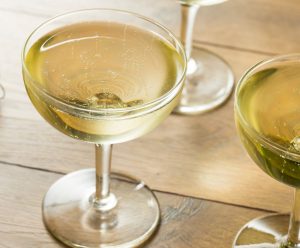
You can further investigate this topic on the myth or fact website.
Breastfeeding factoids – Milky Way
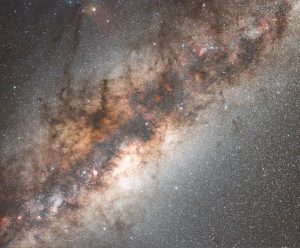
During ancient Roman times, it was said that a daughter (Pero) secretly breastfed her elderly father (Cimon) while he was in jail. He was imprisoned and sentenced to die by starvation, but Pero’s breast milk sustained him. Later, Cimon was released because of Pero’s unconditional love & devotion towards her father. This “Roman Charity” act has been represented in 16th and 17th-century paintings, sculptures, and engravings.
Breastfeeding Virgin Mary
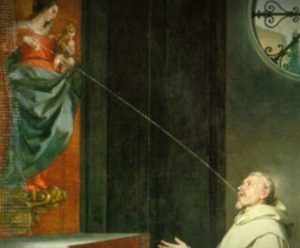
In this painting, Saint Bernard prays to the Virgin Mary and asks her to “Show that you are a mother” (Monstra te esse matrem), at which point, the statue comes alive and squirts milk into Saint Bernard’s mouth. This painting is sometimes called the “Miracle of Lactation.”
This image shows the Virgin Mary squirting breast milk to the souls in purgatory. The souls who receive her milk are cleansed and ascend to heaven. The painting, by Pedro Machua, is called “La Virgen dando su leche a las almas del Purgatorio.”
The use of breast milk
In modern times, breast milk is used to soothe/cure sore and cracked nipples. However, in days old, breast milk was used to cure various ailments, including ear infections, eye infections, and minor cuts and scrapes.
Breast milk has antibodies, so the antibodies may cure illnesses by preventing the growth of germs & bacteria. This article explains how some doctors switch from antibiotic eye drops to Mother’s Milk drops to treat infections. If breast milk can soothe/cure a cracked nipple, it is highly possible that it can facilitate the healing of minor cuts and scrapes, too.
There are a few references to the Virgin Mary squirting breast milk into people’s eyes to cure them of conjunctivitis (an eye infection commonly called “pink eye”). In some rural regions of Africa, breast milk is used to treat snake bites.
Do you know of any other breast and breastfeeding factoids? Let us know.

